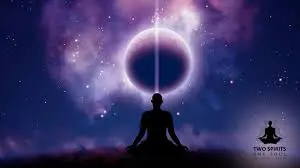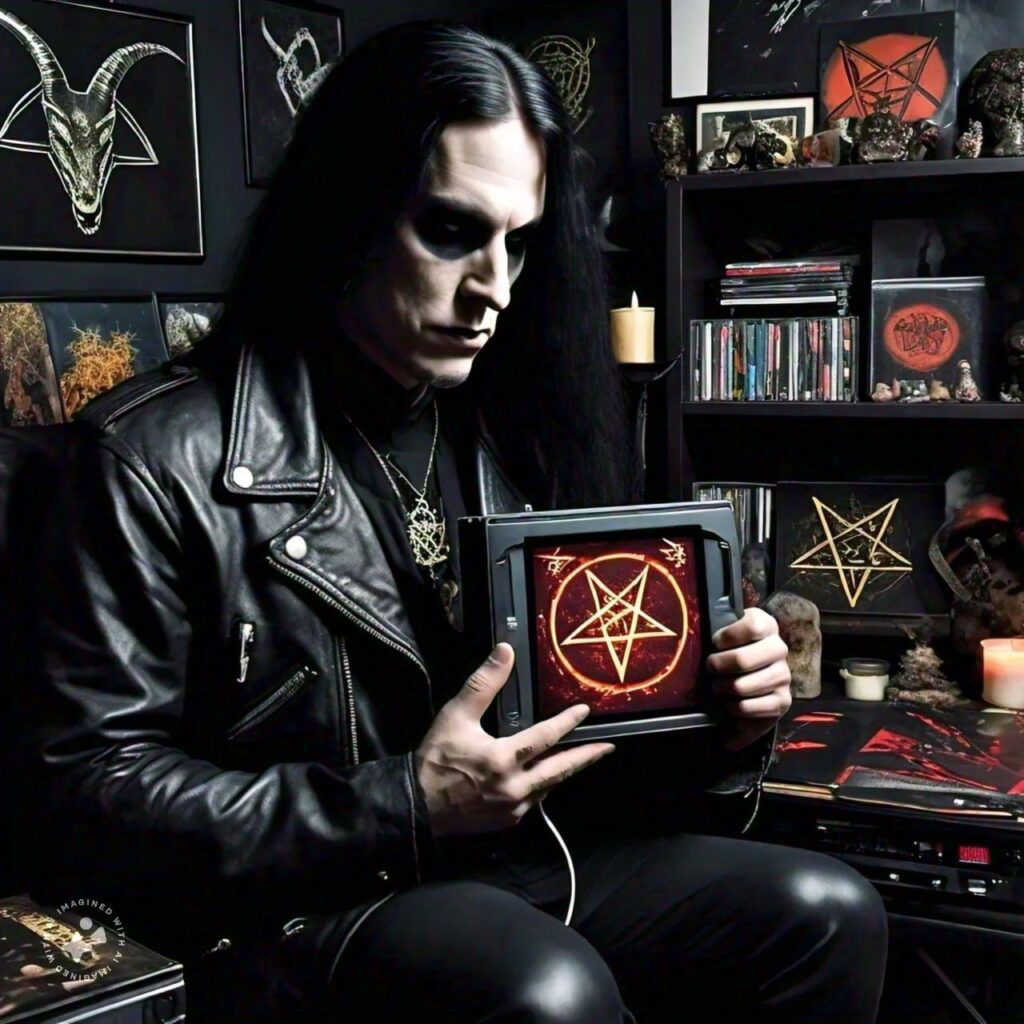
Uncovering the Dark Side of Music
Music has always been a powerful medium for expression and storytelling. But sometimes, the messages and meanings behind our favorite songs can be more sinister than we realize. So let delve into the surprisingly satanic origins of 10 famous songs that have been hiding in plain sight.
The Devil’s in the Details
When it comes to music, it’s easy to get caught up in the melody and rhythm without paying attention to the lyrics. But sometimes, it’s the lyrics that reveal the true intentions of the artist. From references to the occult to outright satanic worship, these songs will make you wonder what you’ve been singing along.
1. “Stairway to Heaven” by Led Zeppelin – A Hauntingly Beautiful Ballad with a Dark Secret
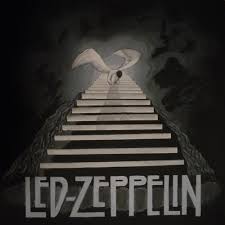
“Stairway to Heaven” is widely considered one of the greatest songs of all time, with its soaring guitar riffs and hauntingly beautiful lyrics. But did you know that its lyrics contain references to the devil and the temptation of material wealth? Jimmy Page, the song’s writer, was fascinated by the occult and incorporated symbols and themes into the song. The lyrics “Yes, there are two paths you can go by, but in the long run, there’s still time to change the road you’re on” are often interpreted as a reference to the choice between good and evil. This dichotomy is reflected in the song’s contrasting sections, with the gentle intro and soaring chorus representing the allure of temptation. The song’s haunting beauty and mystical themes have made it a timeless classic, but its dark secret adds a layer of depth and complexity to its meaning.
3. “Imagine” by John Lennon – A Utopian Dream with a Sinister Twist
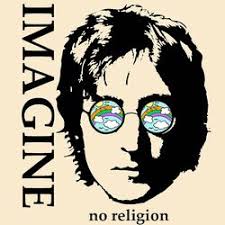
John Lennon’s “Imagine” is a beautiful song about a world without religion or heaven. But some interpret this as a nod to satanic ideology, which rejects traditional religious beliefs. Is Lennon’s vision of a utopian society really as innocent as it seems? The lyrics “Imagine all the people living life in peace” could be seen as a call to reject traditional values and embrace a more sinister worldview. This interpretation is reinforced by Lennon’s own statements about the song, in which he described it as a call to imagine a world without the constraints of traditional religion. While the song’s message of peace and unity is undeniable, its rejection of traditional values and embrace of a more sinister worldview add a layer of complexity to its meaning.
3. “Hotel California” by The Eagles – A Classic Rock Staple with a Dark Side
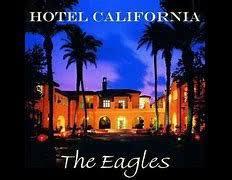
“Hotel California” is a classic rock staple that has been interpreted in many ways. But its lyrics contain references to the devil, Satan, and the supernatural. Are the Eagles singing about a haunted hotel, or something more sinister? The lyrics “You can check out any time you like, but you can never leave” are often seen as a reference to the dangers of temptation and the supernatural. This interpretation is reinforced by the song’s haunting guitar riffs and eerie vocals, which create a sense of foreboding and unease. The song’s themes of isolation and confinement also add to its sense of darkness and despair.
4. “The Number of the Beast” by Iron Maiden – A Heavy Metal Anthem with a Biblical Warning
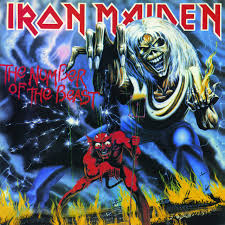
Iron Maiden’s “The Number of the Beast” openly references the devil and the apocalypse, drawing inspiration from the Book of Revelation. But is this song a warning against the dangers of temptation, or a celebration of satanic power? The lyrics “Woe to you, oh earth and sea, for the devil sends the beast with wrath” are a clear reference to the biblical tale of the apocalypse. This interpretation is reinforced by the song’s driving rhythms and soaring vocals, which create a sense of urgency and intensity. The song’s themes of judgment and redemption also add to its sense of biblical warning.
5. “Black No. 1 (Little Miss Scare-All)” by Type O Negative – A Gothic Metal Song with a Satanic Twist
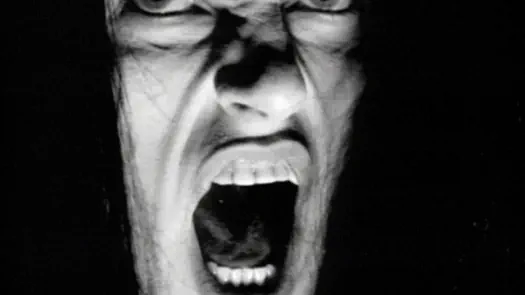
Type O Negative’s “Black No. 1” openly celebrates the occult and satanic themes, with lyrics that reference blood sacrifice and devil worship. Is this song a work of art, or a genuine expression of satanic beliefs? The lyrics “I’ll never love you, I’ll never love you, I’ll never love you” are often seen as a rejection of traditional values and an embrace of the dark side. This interpretation is reinforced by the song’s dark and moody soundscapes, which create a sense of foreboding and unease. The song’s themes of death and the supernatural also add to its sense of darkness and despair.
6. “Highway to Hell” by AC/DC – A Hard Rock Anthem with a Devilish Twist
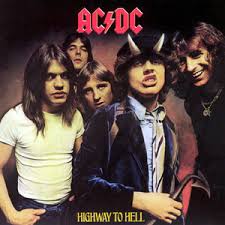
“Highway to Hell” is a hard rock staple that has become synonymous with the devil and the supernatural. But is this song a celebration of satanic power, or a warning against the dangers of temptation? The lyrics “Hey, Satan, payin’ my dues, playing in a rocking band” are often seen as a reference to the Faustian bargain, in which one sells their soul to the devil in exchange for success. This interpretation is reinforced by the song’s driving rhythms and Angus Young’s signature guitar riffs, which create a sense of urgency and intensity. The song’s title itself is also a reference to the supernatural, with the highway to hell representing the path to damnation.
7. “Devil Went Down to Georgia” by The Charlie Daniels Band – A Country Rock Song with a Supernatural Twist
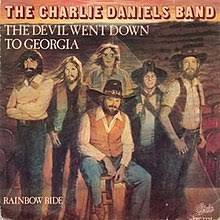
“Devil Went Down to Georgia” is a country rock song that tells the story of a fiddle-playing contest between a musician and the devil. But is this song a lighthearted tale, or a genuine expression of satanic beliefs? The lyrics “The devil went down to Georgia, he was lookin’ for a soul to steal” are often seen as a reference to the supernatural and the power of music to ward off evil. This interpretation is reinforced by the song’s catchy melody and fiddle riffs, which create a sense of energy and excitement. The song’s story also has roots in folklore and mythology, with the devil representing the temptation of sin. The song’s themes of music and competition also add to its sense of excitement and energy.
8. “This Is Halloween” from The Nightmare Before Christmas soundtrack – A Spooky Song with a Satanic Twist
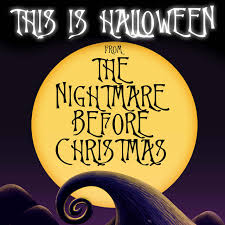
“This Is Halloween” is a spooky song that celebrates the supernatural and the devilish. But is this song a work of art, or a genuine expression of satanic beliefs? The lyrics “In this town, don’t we love it now? Everybody’s waiting for the next big thrill” are often seen as a reference to the allure of temptation and the supernatural. This interpretation is reinforced by the song’s dark and moody soundscapes, which create a sense of foreboding and unease. The song’s themes of Halloween and the supernatural also reference the pagan roots of the holiday. The song’s catchy melody and driving rhythms also add to its sense of energy and excitement.
9. “Disturbia” by Rihanna – A Dark and Edgy Pop Song with a Devilish Twist
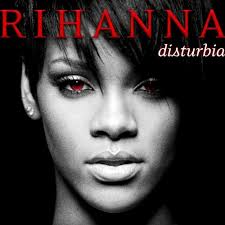
“Disturbia” is a dark and edgy pop song that references the devil and hell. But is this song a celebration of satanic power, or a warning against the dangers of temptation? The lyrics “Bum bum be-dum bum bum, bum bum be-dum bum bum” are often seen as a reference to the supernatural and the power of music to ward off evil. This interpretation is reinforced by the song’s catchy melody and driving rhythms, which create a sense of energy and intensity. The song’s themes of darkness and disturbance also reference the supernatural and the power of the devil. The song’s dark and edgy soundscapes also add to its sense of foreboding and unease.
10. “Cemetery Gates” by Pantera – A Heavy Metal Song with a Mortal Warning

“Cemetery Gates” is a heavy metal song that explores themes of mortality and the supernatural. But is this song a warning against the dangers of temptation, or a celebration of satanic power? The lyrics “Cemetery gates, cemetery gates, where the hell have you been?” are often seen as a reference to the supernatural and the power of music to ward off evil. This interpretation is reinforced by the song’s driving rhythms and Dimebag Darrell’s signature guitar riffs, which create a sense of urgency and intensity. The song’s themes of mortality and the afterlife also reference the supernatural and the power of the devil. The song’s heavy metal soundscapes also add to its sense of aggression and intensity.
Conclusion
These 10 songs may have been hiding in plain sight, but their surprisingly satanic origins are undeniable. Whether meant to be taken literally or metaphorically, these hellish hits offer a glimpse into the darker side of music and the human experience. So the next time you find yourself singing along to your favorite tunes, remember: the devil may be in the details so watch out for satanic songs.
Topics You Might Be Interested In:
- Haunted by the Devil by Kinsley
- Married to the Devil’s Son
- Deal with the Devil
- The Last Devil to Die Novel Summary
FAQs
1. What is the most satanic song on this list?
“Black No. 1 (Little Miss Scare-All)” by Type O Negative is arguably the most satanic song on this list, with lyrics that openly celebrate the occult and satanic themes.
2. Are these songs actually promoting Satanism?
While some of these songs may reference satanic themes, it’s important to note that not all of them are promoting Satanism. Some may be using satire or metaphor to explore themes of mortality, temptation, and the supernatural.
3. Can music be a form of satanic worship?
Some people believe that music can be a form of satanic worship, especially if it contains lyrics or themes that promote or glorify Satanism. However, it’s important to remember that music is a form of artistic expression and can be interpreted in many ways.
4. Should I stop listening to these songs?
That’s up to you! While some people may find these songs to be offensive or disturbing, others may see them as a form of artistic expression or a way to explore themes of mortality and the supernatural.
5. Are there any other surprisingly satanic songs out there?
Yes! There are many other songs that reference satanic themes or imagery. Some examples include “Sympathy for the Devil” by The Rolling Stones, “The Devil’s Trill” by Niccolò Paganini, and “Satan’s Bed” by Pearl Jam.
